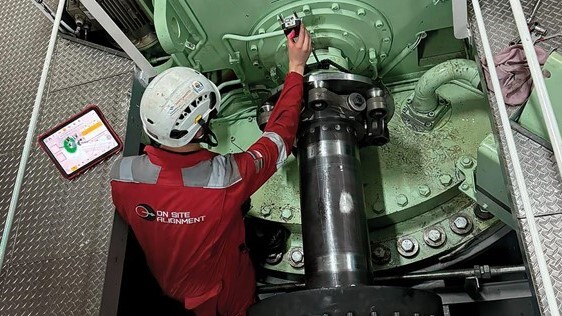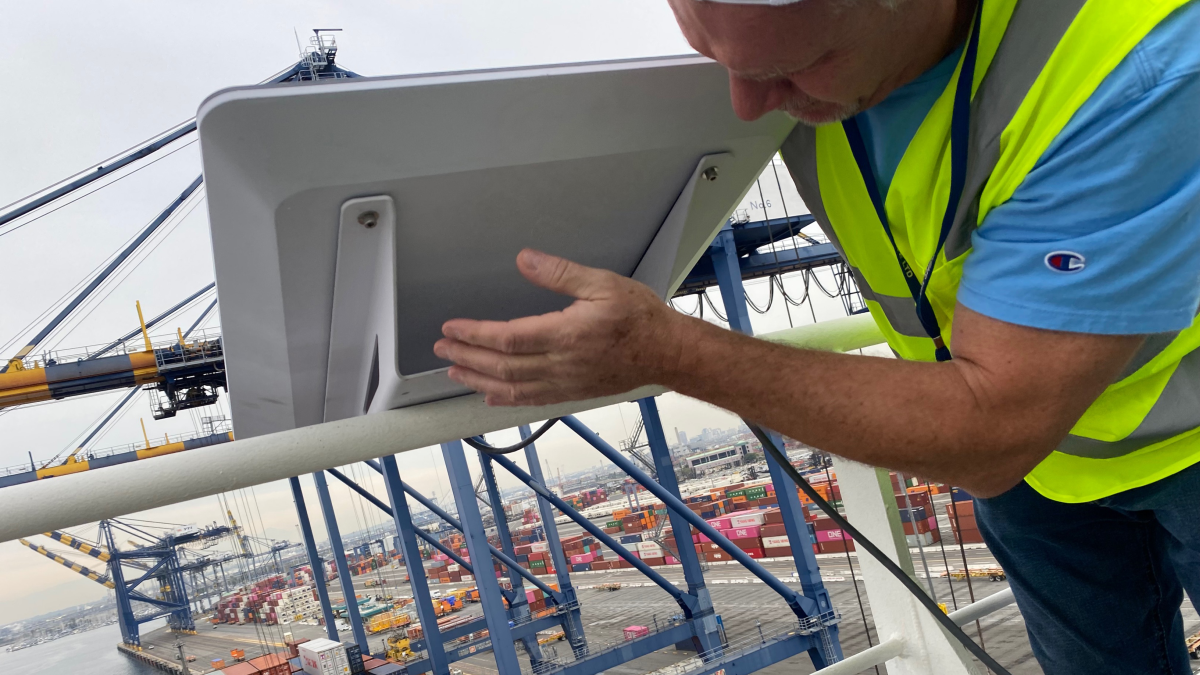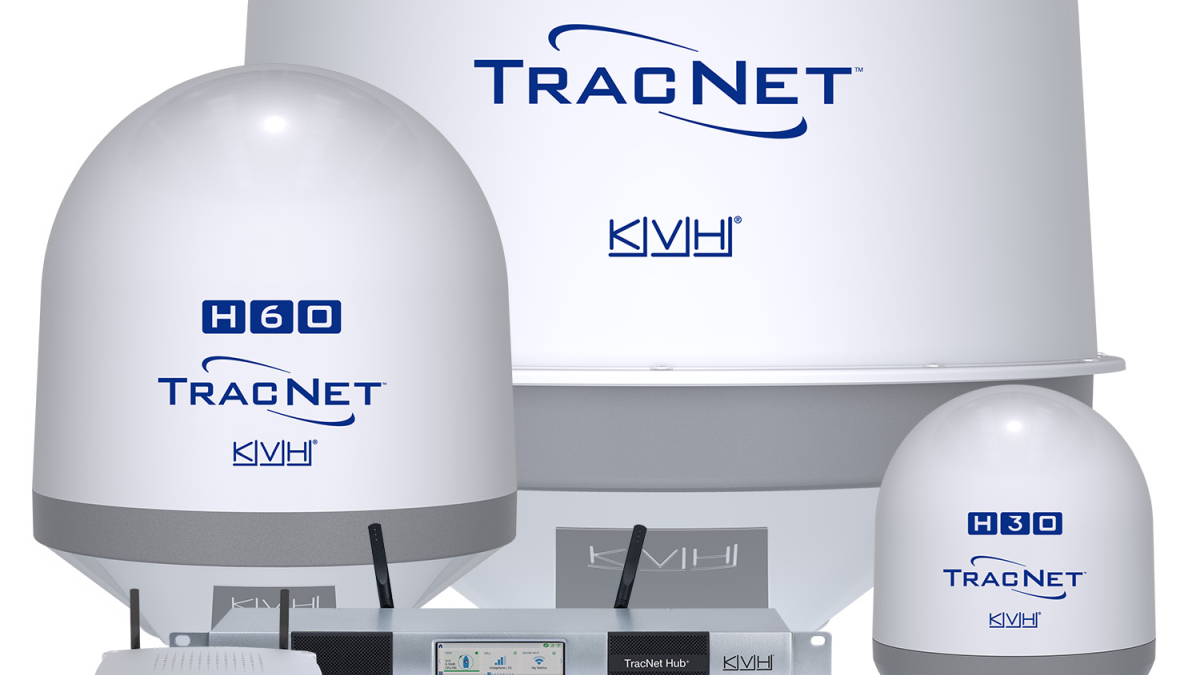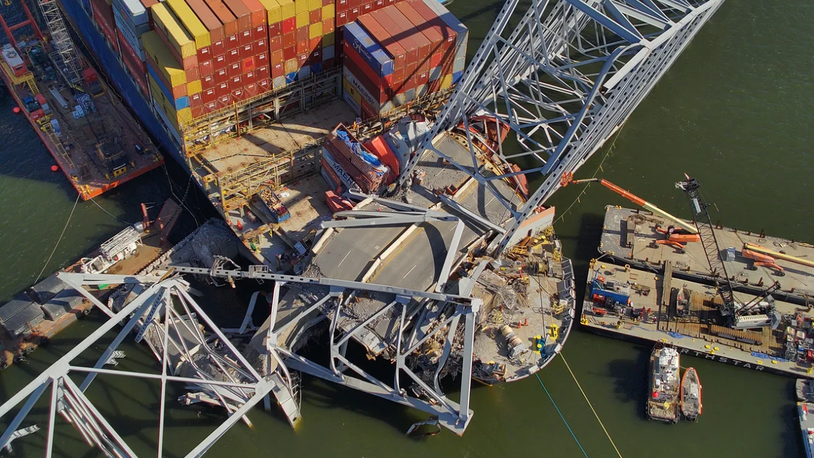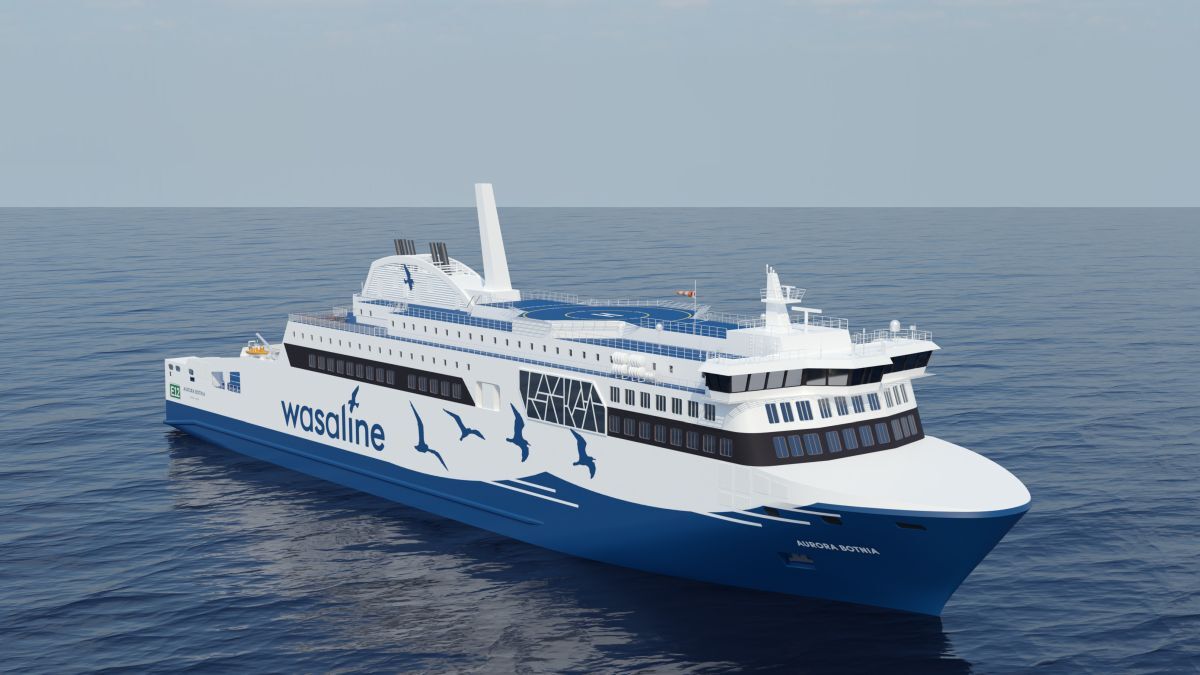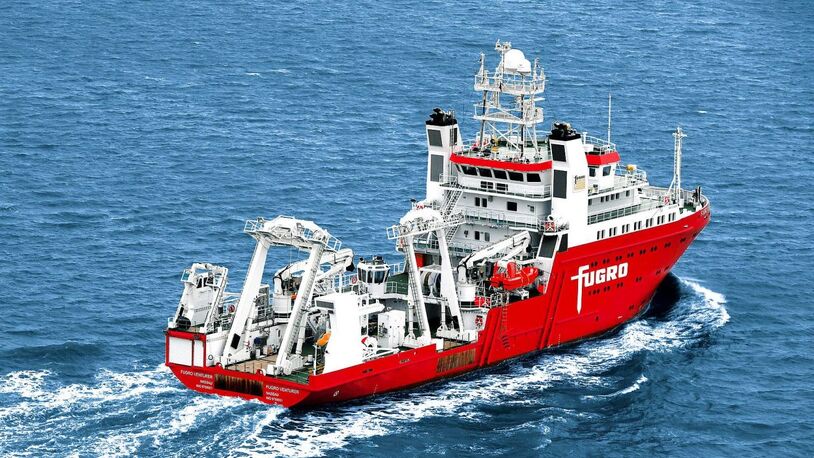Business Sectors
Events
Contents
Register to read more articles.
LEO changes ship connectivity seascape
Low earth orbit (LEO) satellite communications have brought a new dimension to vessel connectivity, greatly enhancing crew welfare and ship operations
Initial offerings have come from Elon Musk’s Space X in the form of Starlink and OneWeb’s new constellations to offer higher throughputs and lower latencies.
OneWeb is still building its coverage through satellite commissioning and Starlink is currently unable to secure licences in key markets, such as across the Middle East.
But LEO is being trialled and deployed by shipping companies and vessel owners to augment existing very small aperture terminal (VSAT) services from geostationary orbiting (GEO) satellites and L-band back-up.
“Much has changed in satellite communications in the past year with LEO services coming into play,” said Marlink president for maritime Tore Morten Olsen.
“Our blended solutions enable vessel operators to manage the transition to digitalised operations with much greater throughput and reliability of communications.”
Shipowners, operators and managers are either testing or deploying Starlink as an addition to existing VSAT and L-band services.
“There has been a big push in the merchant market to keep crew motivated and happy and to access new applications,” Mr Olsen told Riviera Maritime Media during Nor-Shipping in Oslo, Norway.
“LEO services are add-ons to what ships have today, maximising their capabilities. LEO’s low latency enables real-time data transmissions, remote class surveys and cloud services.”
Adding Starlink enables satellite communications providers to finally match the growing demand for bandwidth on ships.
“Demand on board is rapidly rising and has in the past been much higher than available supply,” said Mr Olsen. “We are now at a level to meet supply with different technologies and constellations.”
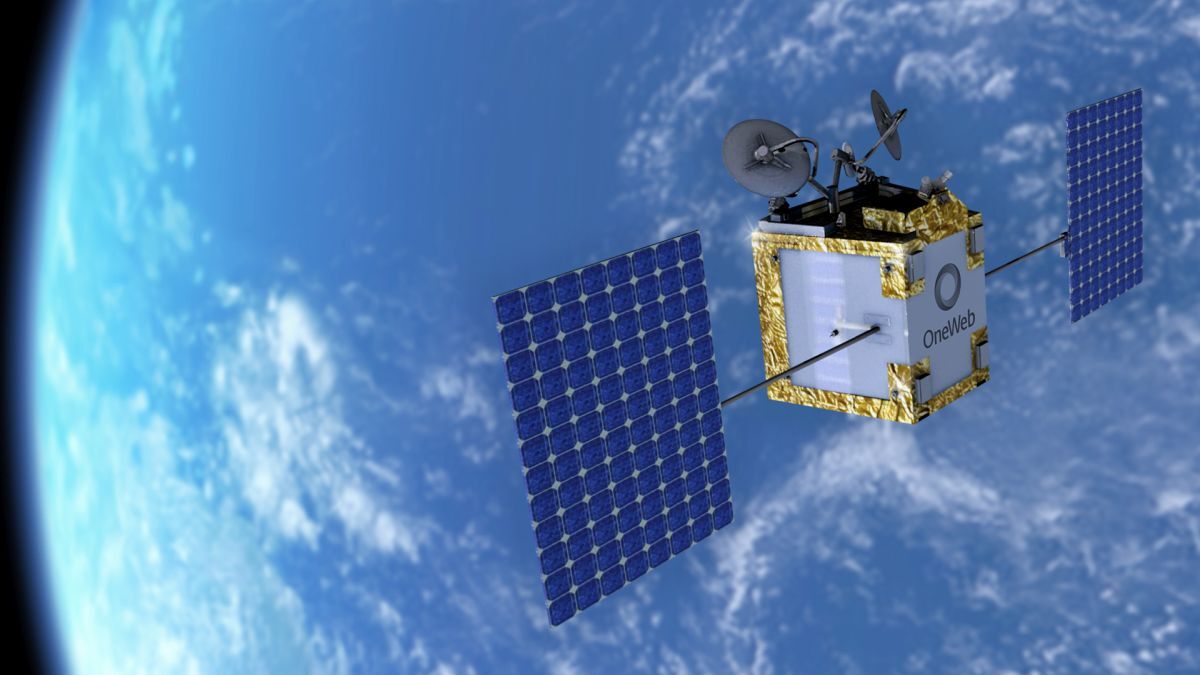
OneWeb launched its maritime LEO communications service during Nor-Shipping with coverage expected to grow geographically during 2023.
The London-headquartered company operates 634 satellites in orbit and is fully operational from the Arctic down to 35° latitude in the northern hemisphere.
OneWeb will have the final ground stations completed and operational requirements in place to start selling services to the maritime industry, via its maritime distribution partners, in Q4 2023. At Nor-Shipping, it introduced a try-before-you-buy service with expectations for more than 100 Mbps using Ku-band for vessels.
Shipowners can select guaranteed service levels, defined by straightforward committed information rate or maximum information rate packages.
“LEO services are add-ons to what ships have today, maximising their capabilities"
“Our complete satellite constellation is successfully deployed, enabling us to now launch our guaranteed connectivity services to the maritime industry,” said OneWeb vice president for Europe and maritime Carole Plessy.
“We have extended our coverage beyond 50° and opened services down to the Mediterranean and across the Atlantic to the mid US.” There are also pockets of OneWeb LEO coverage in Australia, New Zealand, Chile-Argentina and Japan-South Korea.
Over the next six months, the rest of OneWeb’s satellites will transfer under their own propulsion to the correct orbit and will be tested and commissioned for full global coverage.
Hardware needed for OneWeb includes two Intellian parabolic antennas, and Kymeta flat panel antennas are expected to be ready in 2024.
These flat-panel antennas are already available for Starlink communications on ships and have been installed on yachts and commercial shipping in the past two years.
“Many shipping companies and expedition cruise ships are keen to try both LEO services for their capabilities in the polar regions,” said Mr Olsen.
GEO satellites, VSAT and Global Xpress
There continues to be investment in GEO constellations for Ku-band and Ka-band VSAT and demand for their communications services. “Shipowners want to offload huge amounts of data that is not latency sensitive. With GEO VSAT they can download 24/7 with one fixed price,” said Mr Olsen.
“Investment in GEO VSAT is on software-defined satellites with high capacity available and operators’ ability to change the character of the beams to reduce congestion in dense traffic areas.”
Eutelsat, SES and Intelsat are among satellite operators investing in new assets, with SES also investing in its Ka-band O3B mPower medium earth orbit constellation.
Inmarsat is also investing in new satellites to expand the capabilities of its Fleet Xpress services, which combine Ka-band from Global Xpress (GX) geostationary satellites and L-band.
Inmarsat Maritime senior director of strategy Marco Cristoforo Camporeale said there would be three more GX GEO satellites plus two payloads on Norwegian satellites with highly elliptical orbits and investment in LEO satellites.
"Our connectivity will seamlessly switch between VSAT, cellular 5G and LTE"
“Orchestra will be a multi-constellation solution with L-band and Ka-band, and with long-term evolution (LTE) and coastal 5G mesh,” he said. “And now this will be augmented by Viasat.”
Bandwidths of around 100 Mbps should be available through Orchestra, via Viasat’s high throughput coverage that is expected to overlay the GX fabric.
Investment in VSAT expansion means more services and greater capacities will be available for distributors, such as KVH Industries, to offer over hybrid networks.
“Our connectivity will seamlessly switch between VSAT, cellular 5G and LTE, and wifi in port finding the lowest cost pathway with the best signal strength and least jitter,” said KVH senior marketing lead for commercial and leisure maritime, Kristin McGillicuddy.
KVH’s latest VSAT hardware is the hybrid TracNet H90 antenna with a 1-m diameter antenna, H60 with a 60-cm parabolic and H30 (37 cm).
“We offer flexible subscription services, unlimited and high-speed channels and also deliver value-added services for crew welfare,” said Ms McGillicuddy.
In May, KVH introduced the One OpenNet scheme enabling vessels with non-KVH antennas, such as Intellian and Cobham Satcom, to use the communications network through any type of VSAT.
A simple software update is needed, but there is no need for any hardware exchange for vessels to access KVH’s VSAT coverage, 24/7 airtime, technical support and value-added services.
“This new programme expands the airtime options available to customers,” said KVH executive vice president of sales and marketing Mark Woodhead. “Fleets with terminals from multiple manufacturers will now enjoy a consistent airtime experience.”
Sign up for Riviera’s series of technical and operational webinars and conferences in 2023:
- Register to attend by visiting our events page.
- Watch recordings from all of our webinars in the webinar library.
Related to this Story
Events
Maritime Environmental Protection Webinar Week
Cyber & Vessel Security Webinar Week
The illusion of safety: what we're getting wrong about crews, tech, and fatigue
Responsible Ship Recycling Forum 2025
© 2024 Riviera Maritime Media Ltd.

